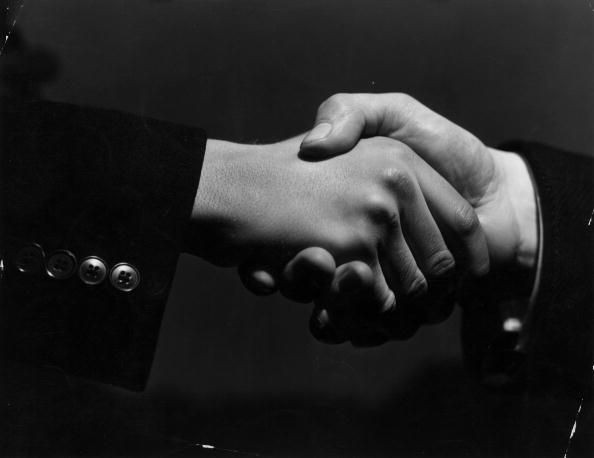Body Language At The Workplace: Tips To Boost Confidence Through Non-Verbal Communication

It is well agreed upon that in a workplace, exchange of ideas or communication that leads to formulation or discussion of issues is what prompts a healthy and conducive environment. However, when one talks about communication, the first thing that comes to one’s mind is the verbal aspect of it, forgetting that non-verbal communication is equally important.
Huge amounts of research conducted over the years have proved that when properly used, non-verbal communication can make an instant impact on the other person, and can be key to greater success.
According to Tonya Reiman, author of "The Power of Body Language,” powerful non-verbal communication skills can tell your audience that you are energetic, engaged, confident and honest. However, poor non-verbal communication skills may also give an impression of low self-esteem and a lack of interest. "Is this 100% fair? Not necessarily. But it is how humans are programmed," she says.
In an article for the Conversation, David Keatley Lecturer in Psychology at Curtin University, Australia, says body language was difficult to analyze given its complex nature and could also be easily misinterpreted as a particular gesture can carry many meanings.
Many experts highlight some basic rules to follow in order to send the right kind of non-verbal messages while at your workplace that could project confidence.
Communication expert Carol Kinsey Goman, in an article for Forbes, suggests keeping your posture erect and your head held high. “If you stand you will look more powerful and assured to those who are seated. If you move around, the additional space you take up adds to that impression,” Goman says. While sitting, she recommends keeping feet flat on the floor and keeping your arms a little further away from your body.
Reiman, in an article for the Business Insider, also endorses Goman. "This does several things. It changes the chemicals in our brain to make us feel stronger and more confident, and it gives the outward appearance of credibility, strength, and vitality," she states. Slumped shoulders are a strict no-no according to Reiman, as they give an impression of “insecurity, laziness, and a general sense of unhappiness."
Hand movements and gesticulation also play an important role in non-verbal communication. Reiman says rather than big hand movements small gestures tend to have more of an impact on communication. "It is rare to see the alpha of the group wildly flailing about," she says. "Powerful business people tend to use smaller, more subtle hand gestures to demonstrate their point with authority."
Fidgeting with your hair or your hands can also be perceived as signs of weakness and lack of confidence.
A handshake can also tell volumes about your confidence. Sarah Perugia, communication skills trainer and executive coach in a piece for the Guardian suggests extending your hands a little further while going in for a handshake and keeping it firm. Goven also stresses the importance of the right way to shake hands: "Since touch is the most powerful and primitive non-verbal cue, it’s worth devoting time to cultivating a great handshake. The right handshake can give you instant credibility and the wrong one can cost you the job or the contract."
While in an office space, controlling your facial expressions is also important when, say, reacting to a certain piece of information. Both over-reacting to a piece of news and holding expressions that show no signs of interest can be detrimental to relationships.
Patti Wood, body language expert and author of "SNAP: Making the Most of First Impressions, Body Language and Charisma," is quoted in an article saying: "We often express interest through raised eyebrows, smiles, head nods, vocal utterances. If you don't give feedback physically, people think you don't care, that you're stuck up, and host of other negative attributes."
The ability to maintain eye-contact is another important component that can make you seem confident and certain. Lack of eye-contact may portray you as shifty and deceptive. Goven suggests: "Whenever you greet a business colleague, look into his or her eyes long enough to notice what color they are."
The final component, but in no way less important than the others, is smiling. A simple smile could portray you as someone who is approachable and trustworthy and even increases your sense of well-being. However, smiling too much can also be trouble, as it is perceived as "insincere and misleading," Reiman says.
© Copyright IBTimes 2024. All rights reserved.





















